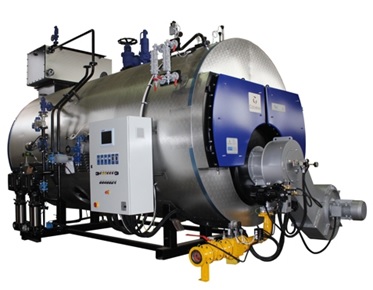
Water is known as a universal solvent because almost anything with dissolve into it and it is this property that leads to the problems within a steam system.
Water evaporates from bodies of water such as oceans, seas, lakes and rivers; it rises into the air to form clouds from where eventually it will fall as rain. This evaporated water is pure water with very limited materials dissolved into it which means water wants to re-dissolve materials into it.
When it falls as rain it absorbs atmospheric gases such as carbon dioxide, sulphur dioxide etc. and these acidic gases mean that rain becomes acidic as it falls through the atmosphere. It then falls on land and percolates through the soils and rocks and the acidic nature of the rain water means it will dissolve minerals and take them into the water.
In simple terms if the rain falls on limestone rocks it will dissolve the calcium and magnesium from the rocks and it is these salts that make the water “hard”. Hard means it contains a lot of calcium and magnesium carbonates and bicarbonates that the rain has dissolved from the limestone. If the rain falls on granite, then there is little or no calcium and magnesium dissolved and hence the water is soft.
Therefore, the basic nature of the water that is provided by the water utility to site will depend on the geology of the water aquifers and water sources that the utility company extracts from.
Water will also contain oxygen and “cold” water (0 Celsius) contains up to 14ppm of oxygen within it, this amount reduces as the water temperature increases and the oxygen gases off such that at 100 Celsius there is no oxygen in water.
This oxygen level variation in water can be seen from the graph below.

The materials that dissolve into water as the water percolate through the soils and the processes that are undertaken by the water utility provide the basic chemistry of the water provided to the site.
These parameters are important to the site operator and the water treatment service company as they will be used to decide on the water treatment products to be used on site and the maximum TDS that the boiler can operate at.
This information is extracted from “Interpreting Steam Boiler Water Service Sheets”.
This guide will explain those minerals and salts found in water of interest to a boiler operator along with how to interpret results from service sheets and resolving common problems in a steam boiler.
